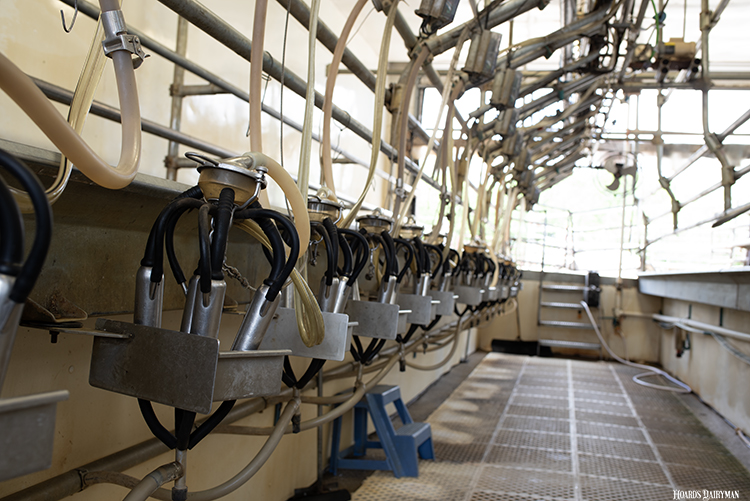
It’s the season that most people look forward to all year: school is out for summer, and temperatures are rising quickly. Spring planting has finished as farmers now hope for good weather and timely rains throughout the growing season. Families are hopefully helping themselves to plenty of ice cream in celebration of June Dairy Month.
However, many dairy farmers are likely not fully celebrating the season. Glancing at the CME milk price futures curve or a recent milk check has become a stressful experience. Significant milk price reductions and, subsequently, margin contraction have materialized in recent weeks, driven especially by a weaker Class III complex.
CME futures market expectations show a Class III milk price between $16 to $17 per hundredweight (cwt.) in near-term months, with the Class IV milk price in the $18 to $19 range into the summer months. If realized, these prices are not profitable and are below the estimated cost of production for farmers in every region of the U.S.
This is a radically opposite scenario versus market sentiment one year ago when milk prices were at or near record highs. U.S. milk production is now higher versus the prior year, opposite the declines in the first half of 2022. And while domestic demand has held up adequately regardless of inflationary challenges, global demand has weakened, contributing to the lower realized milk prices.
The future forecast
Looking ahead, signals are mixed, but it is unlikely that a significant milk price recovery will rapidly materialize. From the supply side, output remains stronger versus the prior year, though gains have narrowed in recent months. April’s year-over-year 0.3% gain was the weakest yet year to date, hindered by milk per cow that remained just negligibly higher versus one year ago.
Herd size growth was larger than expected throughout the first quarter of this year. Regardless of higher slaughter rates and cull cow values that provided decent revenue to dairy farmers, the U.S. added 50,000 cows to the herd throughout the first quarter (Q1). But in April, the trend ceased, with the herd size dropping 16,000 head in the month. While a large herd loss in Texas drove some of that decline, Rabobank expects further cow number contraction in near-term months as weaker margins pressure farmers to cull unprofitable cows.
While feed cost expectations have moderated as confidence increases regarding global corn and soybean availability, declining feed costs have been outpaced by milk prices that have dropped more quickly. Regardless of a contracting herd size, output is still expected to exceed prior-year levels for the foreseeable future, climbing 0.7% in 2023.
Ultimately, some price upside is expected after the spring flush of milk concludes. However, with persistent macroeconomic concerns, domestic demand is unlikely to climb significantly, and without increased purchases from China, margin pressure could persist into the summer months. Dairy farmers will likely face a few challenging months before some expected price recovery hopefully materializes in the back half of the year.
RaboResearch F&A North America provides dynamic insight and value to dairy industry members, and other Rabobank clients and stakeholders. Learn more about the exclusive research reports for a competitive edge here.








